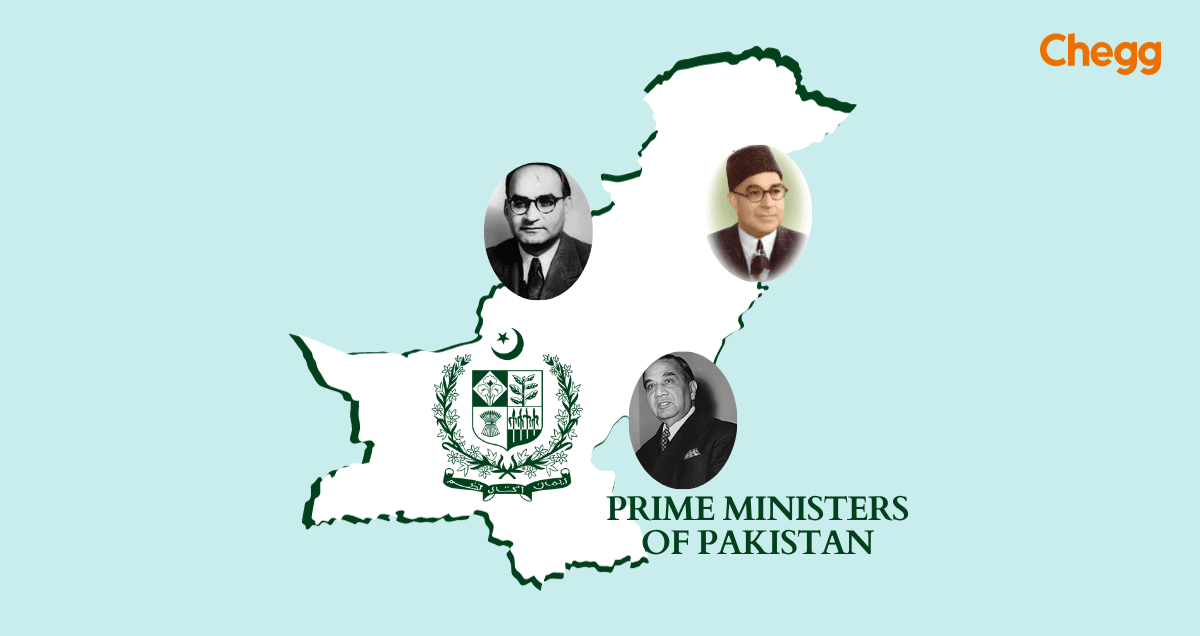
Quick Summary
Comprehensive Timeline: Explore the complete Pakistan Prime Minister List, from Liaquat Ali Khan in 1947 to the current leadership in 2025.
Key Highlights: Understand each Prime Minister’s tenure, major reforms, political challenges, and historical significance.
Political Evolution: Trace Pakistan’s journey through democratic transitions, military interventions, and caretaker governments.
Table of Contents
Since its independence in 1947, Pakistan has seen a dynamic political landscape shaped by influential leaders. This comprehensive guide explores the List of Prime Minister of Pakistan, detailing their tenures, contributions, and impact on the nation’s governance. From Liaquat Ali Khan, the country’s first Prime Minister, to Shehbaz Sharif, the most recent leader, each has played a pivotal role in shaping Pakistan’s history. Discover the challenges, policies, and key milestones under each administration in this in-depth political timeline.
The Prime Minister of Pakistan is central to governance and democracy. They appoint and lead the Cabinet, which runs government operations and implements laws and policies. The Prime Minister of Pakistan also selects provincial Governors and influences relations with foreign nations. While the President remains head of state and the military holds significant power, the role of the Prime Minister of Pakistan in domestic programs and objectives is unmatched. Pakistan’s hopes rest heavily on having an effective, public-minded prime minister.
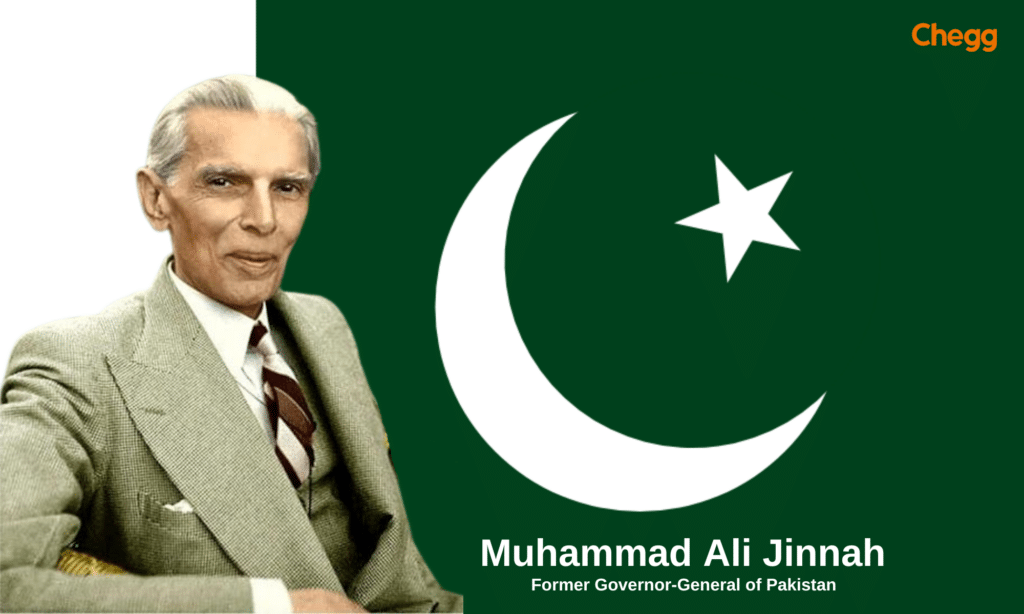
Muhammad Ali Jinnah served as the first Governor-General of Pakistan after the partition of India granted independence in 1947, not as the Prime Minister. He spent the final year of his life laying the foundations of the newly created state, working tirelessly to establish its political, legal, and administrative structures. As a visionary leader, Jinnah advocated for a moderate Islamic republic and championed the rights of minorities. His charismatic leadership helped unite a diverse population during the turbulent early days of Pakistan. Widely revered as the Quaid-e-Azam (Great Leader) and Father of the Nation, Jinnah set the guiding principles that influenced Pakistan’s early governance and national identity.
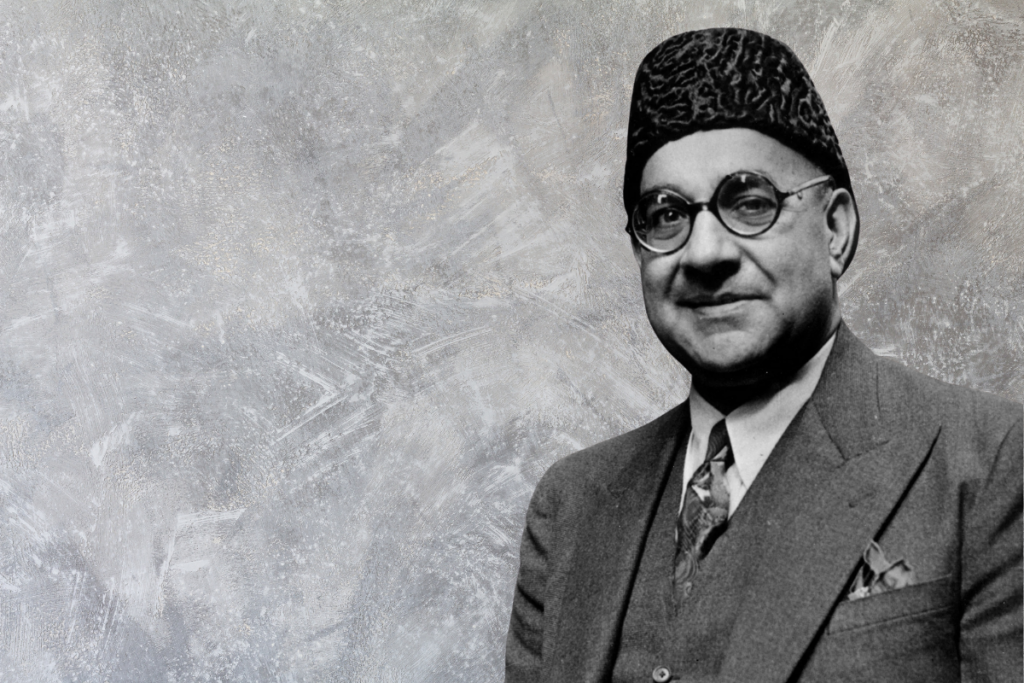
Pakistan’s journey as an independent nation began with Liaquat Ali Khan at the helm as its first Prime Minister. Sworn in on August 15, 1947, the same day the country was born, Liaquat was more than just a leader—he was a trusted ally of Muhammad Ali Jinnah and one of the key architects of the new nation.
Stepping into a role with immense responsibility, he worked day and night to set up the country’s political and economic foundations, all while managing the chaos and challenges that followed partition. From tackling the refugee crisis to shaping Pakistan’s foreign policy, he made bold moves—like leaning towards the U.S. in the early days of diplomacy.
Sadly, his time was cut short. In 1951, during a public speech in Rawalpindi, Liaquat was assassinated, shocking the nation. His death not only left a leadership gap but also marked the start of a long and turbulent political journey for Pakistan.
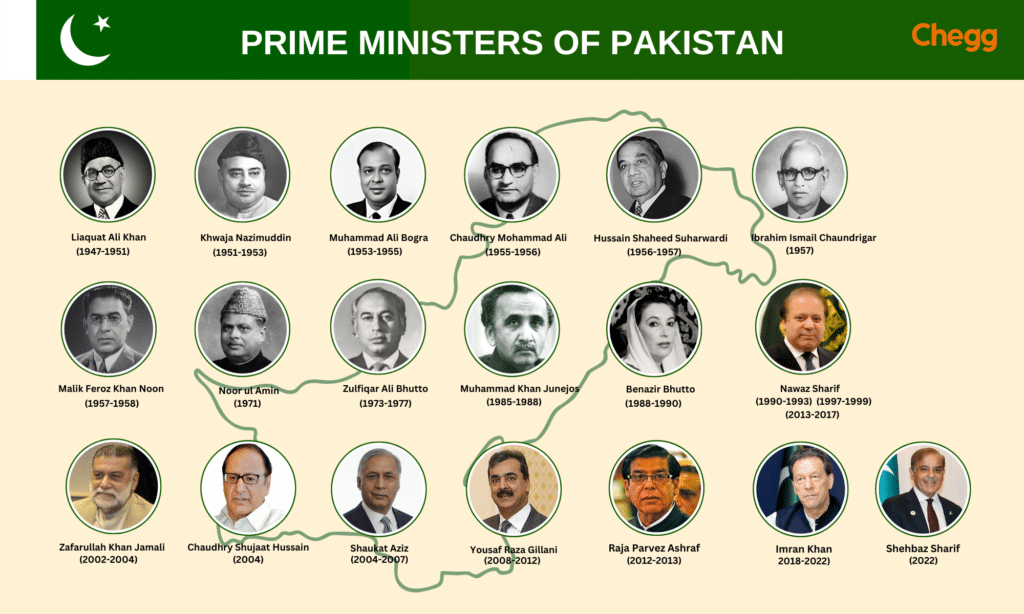
Here, we’ll outline the list of Prime Minister of Pakistan from its inception in 1947 until 2024, individuals who have played roles in shaping the destiny of this beloved nation.
The period from 1947 to 1958 in Pakistan’s history is characterized by the early years of the newly independent nation, marked by significant political instability, challenges in governance, and the establishment of foundational institutions.
Liaquat Ali Khan was Pakistan’s first Prime Minister and a trusted ally of Muhammad Ali Jinnah. He played a vital role in building the country’s administrative and economic foundations during its formative years.
He introduced Pakistan’s first budget and worked to establish foreign relations, especially with the U.S. and neighboring countries. Liaquat remained committed to democratic ideals, but his assassination in 1951 left the nation shocked and politically unstable.

Khawaja Nazimuddin, formerly Governor-General, assumed office after Liaquat’s assassination. A soft-spoken and traditionalist leader, he faced severe food shortages, public unrest, and rising sectarian tensions.
His inability to effectively manage these crises and the political pressure from within his party led to his dismissal by Governor-General Ghulam Muhammad. His term reflected the growing struggle between civil and bureaucratic authority.

A career diplomat, Mohammad Ali Bogra brought an international perspective to the role of Prime Minister. His most notable contribution was the “Bogra Formula,” which sought to balance political power between East and West Pakistan.
Although the formula wasn’t implemented, it showed early attempts at solving the regional disparity problem. His term ended when the constitutional assembly was dissolved, further deepening the political crisis.

An accomplished civil servant, Chaudhry Mohammad Ali is best remembered for his role in drafting and passing Pakistan’s first constitution in 1956, which declared the country an Islamic republic.
He promoted parliamentary democracy and aimed to stabilize governance structures. However, tensions between different regional factions and political infighting led to his resignation within a year.

A popular leader from East Pakistan, Suhrawardy sought to bridge the growing gap between the two wings of the country. He promoted economic and political equality for East Pakistan and supported stronger federalism.
During his brief tenure, he worked on energy reforms and improving ties with the Soviet Union. His progressive stance and push for autonomy made him both admired and controversial.
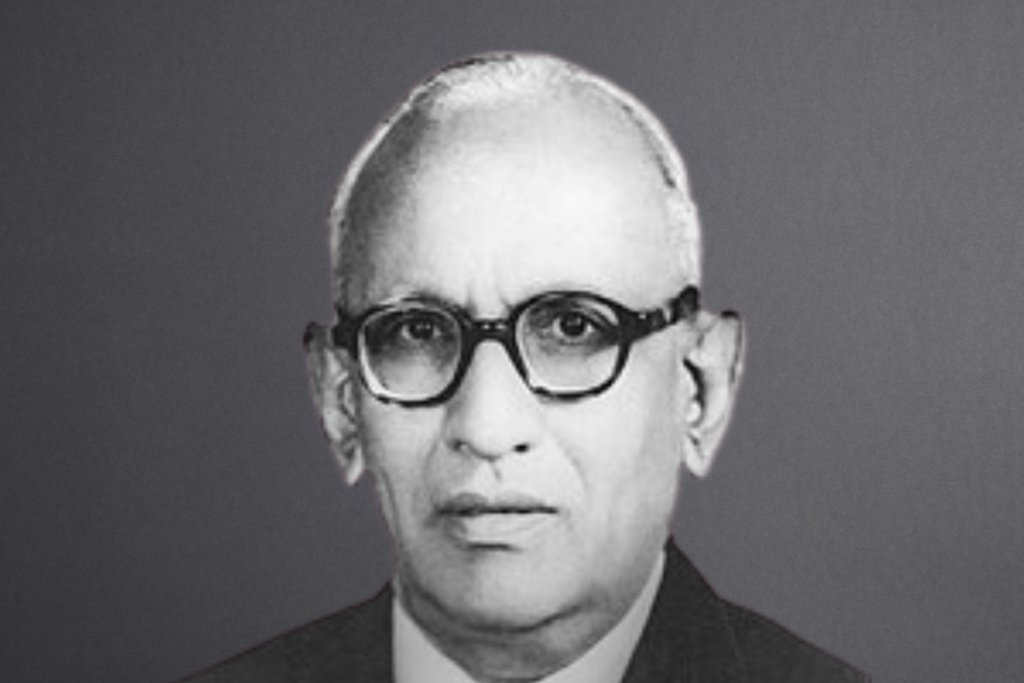
Chundrigar, a legal expert and politician, served as Prime Minister for only 56 days, making his one of the shortest terms in office. His government struggled to maintain a parliamentary majority amid a fractured political environment.
Despite his short time in power, he emphasized judicial independence and tried to strengthen party coalitions. The instability of his tenure reflected the deepening cracks in Pakistan’s political fabric.

Feroz Khan Noon was an experienced diplomat and politician who sought to enhance Pakistan’s global image and domestic development. He played a key role in the annexation of Gwadar from Oman in 1958, a strategic achievement.
Noon aimed to promote national unity and administrative reforms, but his time in office was cut short when President Iskander Mirza imposed martial law. His dismissal marked the end of civilian rule for over a decade.
During this period, there were no prime ministers as Pakistan was under military rule led by President Ayub Khan and then Yahya Khan. The period from 1958 to 1971 in Pakistan was marked by military rule and significant political transitions. It began with the first military coup in 1958, when President Iskander Mirza abrogated the constitution and declared martial law, leading to General Ayub Khan’s rule.
The period from 1971 to 1977 marks a significant chapter in the List of Prime Minister of Pakistan, defined by a democratic resurgence after East Pakistan’s secession and Bangladesh’s creation. Zulfikar Ali Bhutto led the country through this turbulent time, initiating major political reforms and driving social transformation. Despite his efforts to stabilize the nation, mounting political unrest eventually led to a military coup in 1977, making this era both pivotal and complex in Pakistan’s political history.
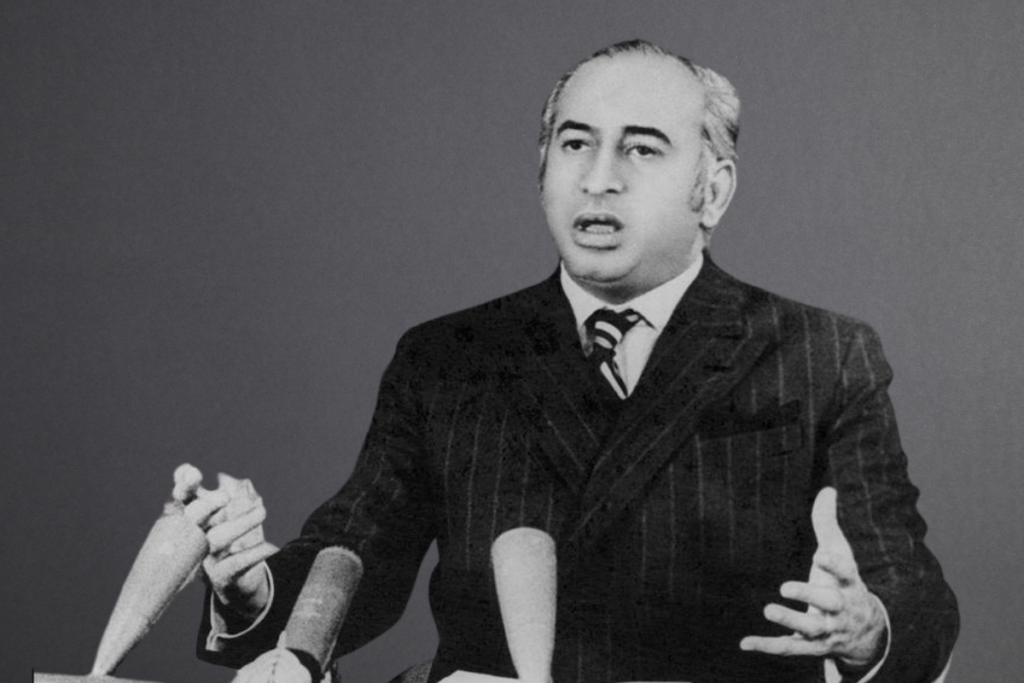
Zulfikar Ali Bhutto was Pakistan’s first elected Prime Minister under the 1973 Constitution, which he played a key role in drafting. A charismatic and influential leader, he introduced wide-ranging reforms in land, education, and labor, aiming to empower the masses and reduce inequality. Bhutto also laid the foundation for Pakistan’s nuclear program and sought to strengthen national unity after the 1971 war. However, growing opposition, civil unrest, and accusations of authoritarianism led to his eventual ousting in a military coup by General Zia-ul-Haq in 1977. His era remains one of the most impactful in the List of Prime Minister of Pakistan.
The period from 1977 to 1985 in Pakistan is characterized by martial law, military rule, and a controlled form of democracy under General Muhammad Zia-ul-Haq. This era had profound implications for Pakistan’s political landscape, governance, and society. No prime ministers during General Zia-ul-Haq’s martial law (1977–1985).
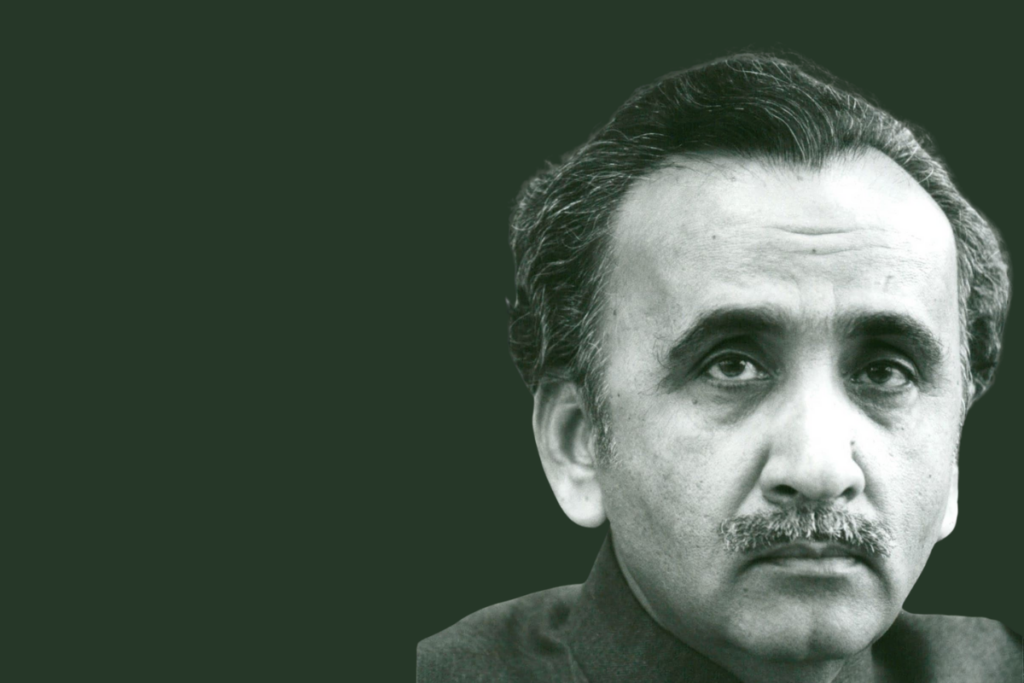
Appointed by General Zia-ul-Haq, Mohammad Khan Junejo played a crucial role in reviving parliamentary democracy in Pakistan after years of martial law. He aimed to restore civilian authority, initiated administrative reforms, and emphasized transparency and accountability. Junejo also attempted to assert independence from military influence, particularly in foreign and defense affairs. However, tensions with Zia led to his abrupt dismissal in 1988. Despite his premature exit, Junejo’s tenure marked a key turning point in the List of Prime Minister of Pakistan as civilian leadership began regaining ground.
The period from 1988 to 1999 in Pakistan is often referred to as the Democratic Era, characterized by a return to civilian rule, the establishment of democratic institutions, and significant political developments. This era saw the leadership of several Prime Ministers and was marked by political instability, economic challenges, and the struggle for power among various political factions.
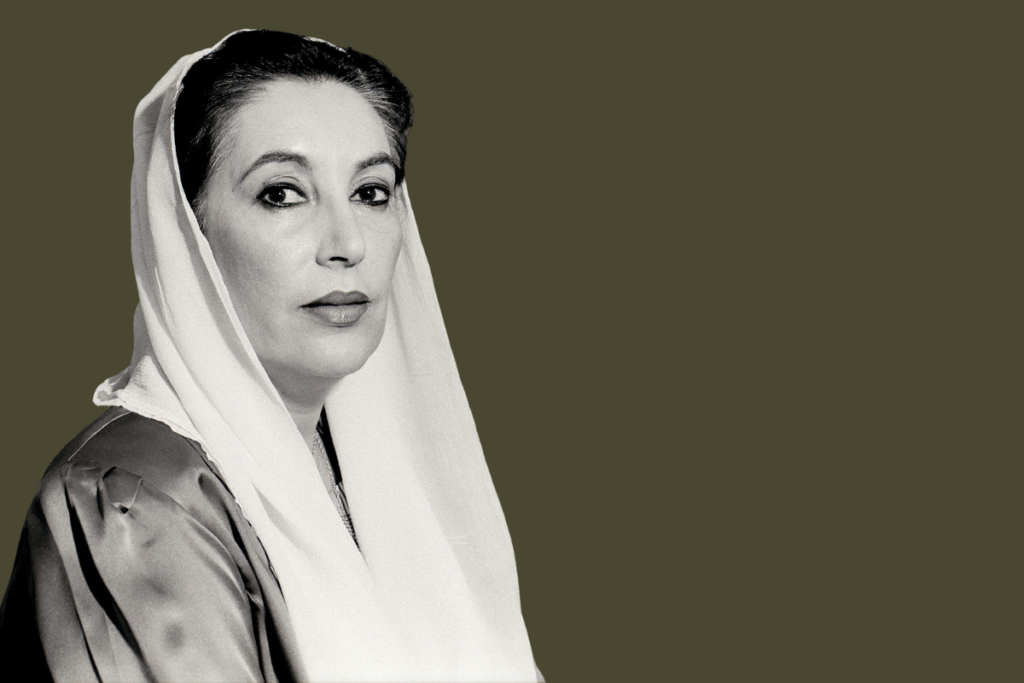
Benazir Bhutto made history by becoming the first female Prime Minister of Pakistan—and the first woman to lead a Muslim-majority nation. Her initial term focused on progressive social reforms, women’s empowerment, and poverty alleviation. Despite her symbolic leadership and efforts toward modernization, her government struggled with political opposition and economic instability. She remains a prominent figure in the List of Prime Minister of Pakistan for breaking long-standing barriers.
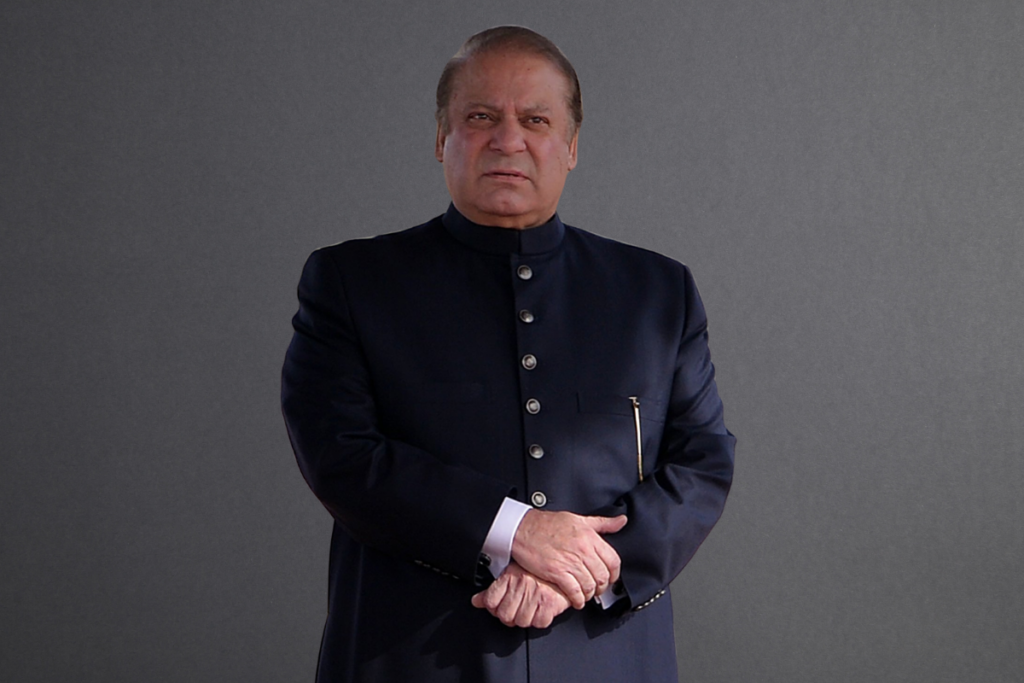
Nawaz Sharif emerged as a pro-business leader advocating for economic liberalization and privatization. His first term emphasized deregulating industries and infrastructure development to boost economic growth. However, tensions between the executive and the presidency led to his premature exit.
In her second term, Benazir Bhutto returned with renewed promises of development and democratic revival. She launched initiatives in education and healthcare but faced mounting criticism over corruption and administrative inefficiency. Political rivalry and internal conflicts eventually led to her dismissal. Still, her dual tenure stands out as a symbol of perseverance and political resilience.
Back in office for a second time, Nawaz Sharif led Pakistan through a defining moment by authorizing the country’s first nuclear tests in response to India, asserting Pakistan’s defense stature. He pursued major infrastructure projects and aimed to reduce military influence in politics. However, rising civil-military tensions culminated in his removal by General Pervez Musharraf. His time in office remains one of the most impactful in the List of Prime Minister of Pakistan.
The period from 1999 to 2008 in Pakistan is characterized by military-led governance under General Pervez Musharraf, who came to power through a coup d’état. This era saw significant political, economic, and social changes, as well as challenges related to governance, civil liberties, and international relations. General Pervez Musharraf ruled as President; however, civilian prime ministers were appointed.
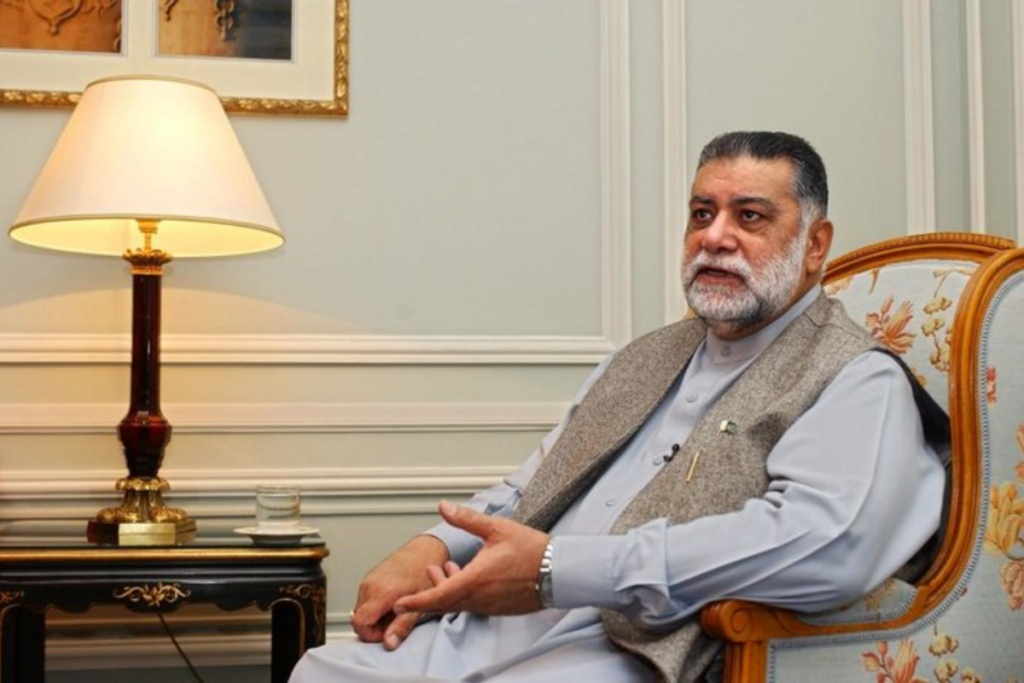
Mir Zafarullah Khan Jamali became the first civilian Prime Minister under President Pervez Musharraf’s regime, following the 2002 general elections. He aimed to maintain a balance between democratic governance and military authority, navigating a politically sensitive environment. Although his tenure was relatively low-key, his appointment marked a step toward political normalization in the List of Prime Minister of Pakistan.

Chaudhry Shujaat Hussain served as interim Prime Minister for a brief period of about two months after Jamali’s resignation. His main role was to facilitate the smooth transition of power to Shaukat Aziz. While short, his stint holds symbolic importance in the List of Prime Minister of Pakistan, reflecting the controlled democratic processes during military oversight.
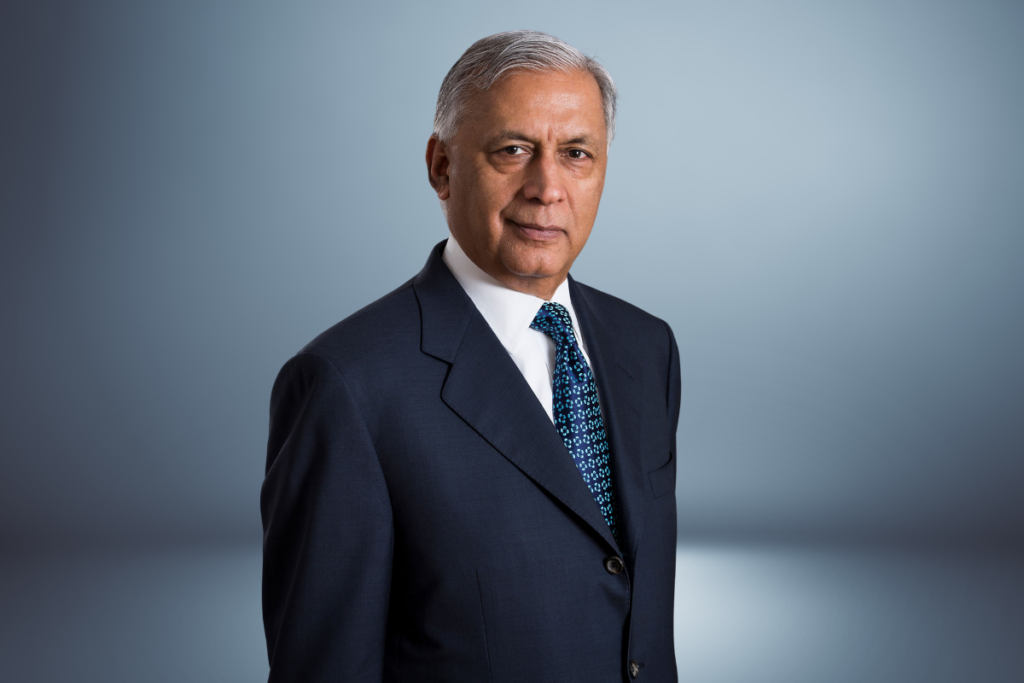
A former banker and finance minister, Shaukat Aziz was known for his technocratic approach to governance. His tenure focused heavily on economic reforms, investment promotion, and modernization efforts that led to GDP growth and financial sector expansion. Serving under Musharraf, he was one of the longest-serving Prime Ministers during that period and holds a significant place in the List of Prime Minister of Pakistan for his role in economic policy-making.
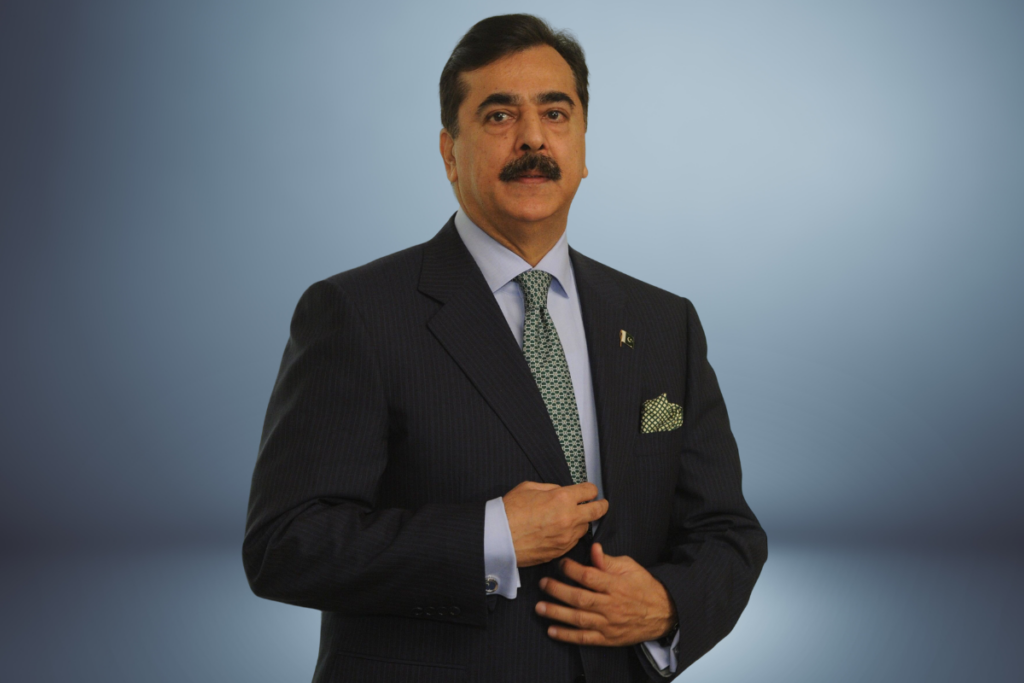
Yousaf Raza Gillani, a senior leader of the Pakistan Peoples Party (PPP), became Prime Minister after the 2008 general elections. His tenure marked the return of full civilian rule after nearly a decade of military-led governance. Known for his efforts to strengthen parliamentary democracy, he became the longest-serving Prime Minister in Pakistan’s history until he was disqualified by the Supreme Court. His leadership is a key chapter in the List of Prime Minister of Pakistan for steering the country during a transitional period.
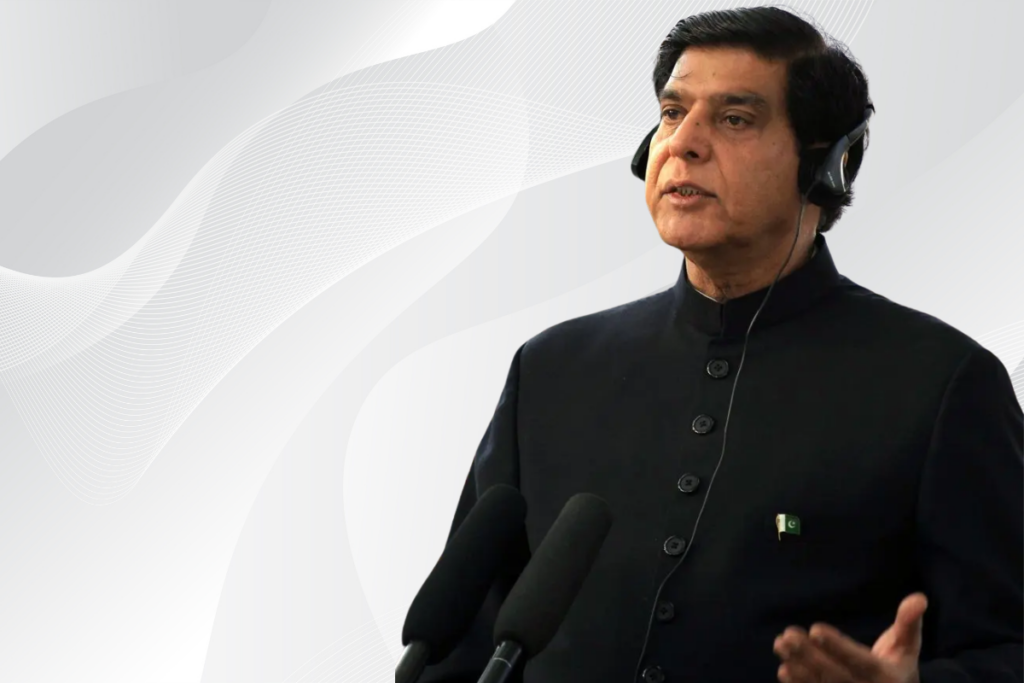
Raja Pervez Ashraf, also from the PPP, succeeded Gillani and served during a time of political turbulence. His primary focus was addressing Pakistan’s crippling energy crisis, launching initiatives to improve power generation and manage shortages. Though his time in office was brief, he played a stabilizing role during the final phase of the PPP government. His name is noted in the List of Prime Minister of Pakistan for ensuring continuity amid judicial pressures.
Nawaz Sharif returned to power for a historic third term, focusing on infrastructure development, economic growth, and improving regional ties. Major projects like motorways, metro systems, and CPEC (China-Pakistan Economic Corridor) were initiated under his leadership. However, he was eventually disqualified by the Supreme Court over corruption allegations stemming from the Panama Papers leak. Despite controversies, his multiple terms make him a dominant figure in the List of Prime Minister of Pakistan.
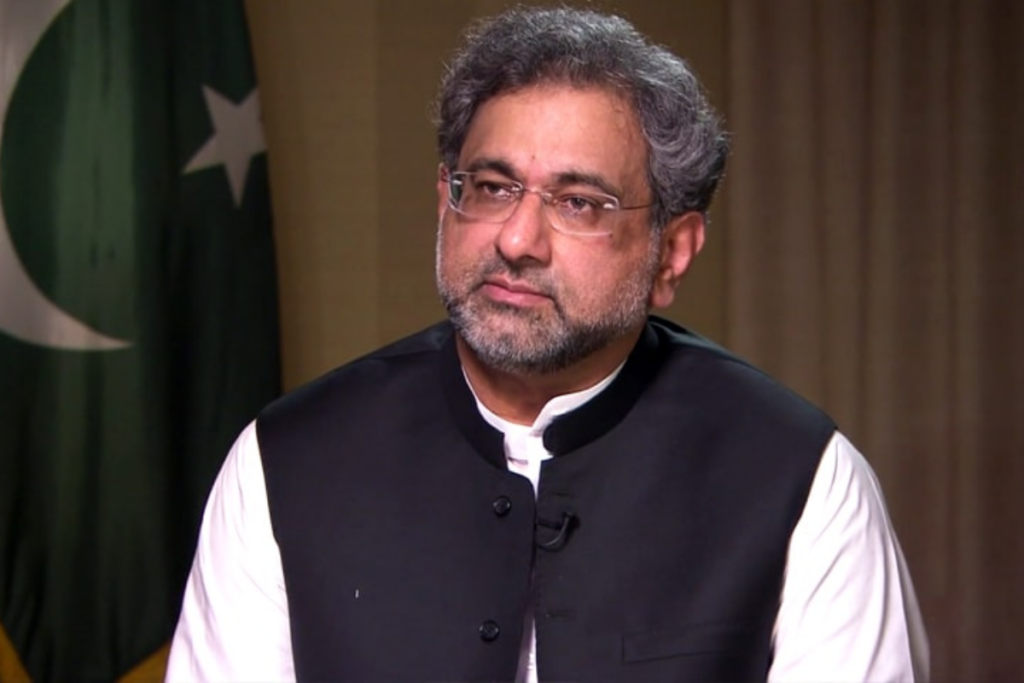
Shahid Khaqan Abbasi took over the premiership after Nawaz Sharif’s disqualification and served as a steady hand to complete the PML-N government’s term. A technocrat with a background in energy, he prioritized policy continuity and oversaw the expansion of LNG imports to combat energy shortages. His brief but focused tenure earns him a place in the List of Prime Minister of Pakistan as a dependable transitional leader.

Imran Khan, former cricket star and chairman of Pakistan Tehreek-e-Insaf (PTI), rose to power on a platform of anti-corruption, justice, and a “Naya Pakistan.” His government focused on economic reforms, social welfare programs like the Ehsaas initiative, and reshaping foreign policy dynamics. Despite his popularity, his tenure faced mounting economic challenges and political opposition, ultimately ending with his removal through a no-confidence vote. His dramatic rise and fall make him a standout figure in the List of Prime Minister of Pakistan.
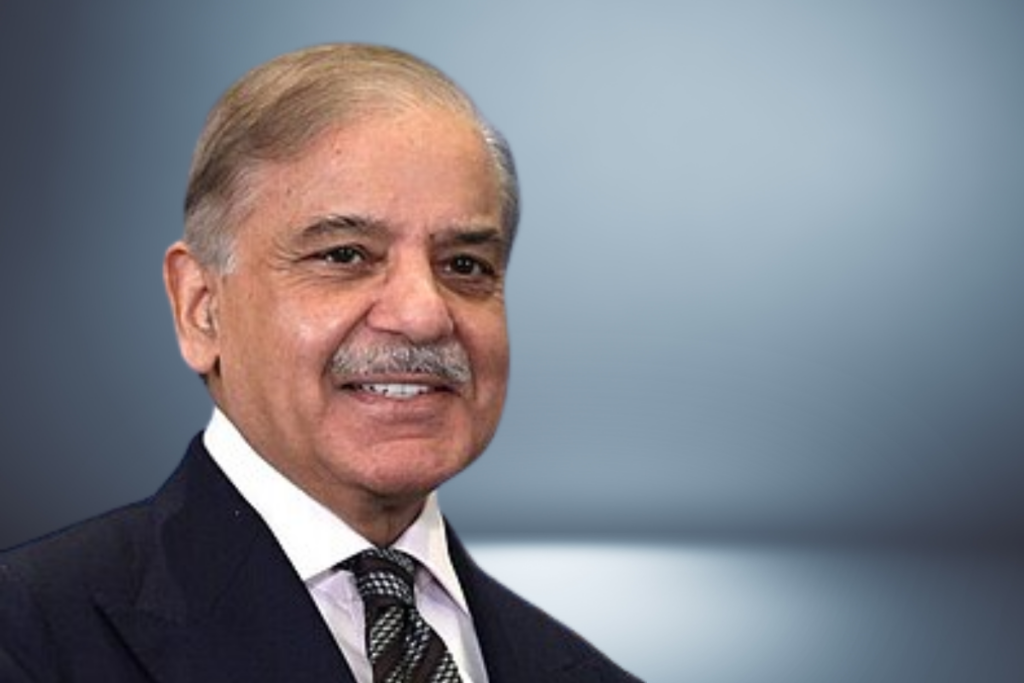
Shehbaz Sharif, representing the Pakistan Muslim League (N), assumed office after Imran Khan’s ousting. Known for his administrative efficiency, he prioritized flood relief efforts during the devastating 2022 monsoon and worked to stabilize Pakistan’s struggling economy through IMF negotiations and fiscal reforms. Though his time in power was brief, his leadership during crisis earns him a place in the List of Prime Minister of Pakistan for navigating one of the country’s most challenging years.
Appointed as a caretaker Prime Minister, Anwaar-ul-Haq Kakar was tasked with ensuring fair and transparent elections following Shehbaz Sharif’s government. A former senator from Balochistan, his tenure was characterized by neutrality, administrative oversight, and preparations for a democratic transition. While unelected, his role is still essential in the List of Prime Minister of Pakistan for maintaining governance and constitutional order during the interim period.
The list of Prime Minister of Pakistan at the moment is Shehbaz Sharif, a politician from Pakistan. On April 11, 2022, Shehbaz, the former Leader of the Opposition in the Pakistan National Assembly, took the oath of office as Prime Minister of Pakistan following the removal of former Prime Minister Imran Khan through a motion of no confidence.
After graduating, Shehbaz joined his family’s business, Ittefaq Group, and became the Lahore Chamber of Commerce & Industry president in 1985. In the middle of the 1980s, he and his older brother Nawaz entered politics. Nawaz became chief minister of Punjab and won a seat in the Punjab Assembly In 1988.
Prime Minister of Pakistan In 2018, Shehbaz became the Leader of the Opposition in the National Assembly, the same year that Imran Khan, a former cricket player turned politician, became the Prime Minister of Pakistan.
Following Imran Khan’s removal in a motion of no confidence, Shehbaz was appointed Prime Minister of Pakistan.
Sharif, aged 72, took the oath as Prime Minister of Pakistan for the second time on March 4, 2024. He assumed leadership of the financially challenged nation nearly a month after an election marred by allegations of vote rigging remained unresolved.
As of January 2025, the current Prime Minister of Pakistan is Shehbaz Sharif. He was elected for his second term on March 3, 2024, after a controversial election and has previously held the position until August 2023.
Election and Appointment
In summary, Shehbaz Sharif’s return as Prime Minister in 2024 comes amid a politically charged environment, with significant economic and governance challenges ahead.
The full list of Prime Minister of Pakistan provides insight into Pakistan’s complex political history. Just one figure has ever completed a full term, pointing to ongoing instability. Yet progress has occurred nonetheless through periods of growth under stable leadership. The prime minister plays a central role in setting Pakistan’s path, even with other centers of hard power. Achieving the country’s potential relies heavily on having a strong, reform-minded prime minister able to steer steady progress.
Honoring the legacy of Pakistan’s Prime Ministers involves recognizing their contributions to the nation’s political landscape and development. Notable figures like Benazir Bhutto, the first female Prime Minister, are celebrated for their leadership, resilience, and commitment to democracy and social justice.
The democratic process saw highs and lows, with leaders like Zulfikar Ali Bhutto introducing landmark reforms that empowered the masses and redefined Pakistan’s socio-economic structure. His legacy of the 1973 Constitution remains a pivotal moment in the nation’s history.
Benazir Bhutto made history as the first female Prime Minister of Pakistan and the Muslim world. Her focus on social reforms and women’s rights opened new avenues for progress and inclusivity in Pakistan’s political landscape.
Leaders like Nawaz Sharif and Imran Khan focused on economic growth, infrastructure development, and anti-corruption measures. Their efforts to modernize Pakistan and bolster its global standing have left lasting impacts, particularly through projects like the China-Pakistan Economic Corridor (CPEC) and reforms in governance.
Interim Prime Ministers, including recent caretaker leaders like Anwaar-ul-Haq Kakar, have played crucial roles in maintaining stability and ensuring smooth transitions during politically turbulent times.
The Pakistan Prime Minister List offers a compelling glimpse into the nation’s complex political journey—marked by leadership transitions, military interventions, democratic struggles, and reform-driven governance. From Liaquat Ali Khan to Shehbaz Sharif, each Prime Minister has left a unique imprint on Pakistan’s political, social, and economic fabric. While challenges have often overshadowed progress, moments of visionary leadership continue to inspire hope for a stable and prosperous future. As Pakistan evolves, the role of the Prime Minister remains central to steering the country through its triumphs and trials.
The first prime minister of Pakistan was Liaquat Ali Khan. He assumed office on August 15, 1947 when Pakistan achieved independence. He continued serving as prime minister until his assassination in 1951.
Mian Muhammad Shehbaz Sharif became the 20th Prime Minister of Pakistan in March 2024, marking his second term after previously serving from April 2022 to August 2023. He brings years of political experience and leadership to the role.
The Prime Minister of Pakistan does not have a fixed term. According to the constitution, the PM stays in office as long as they maintain the confidence of majority members in the National Assembly. If they lose the confidence, they must step down or call for new elections.
Some of the most influential former PMs include Zulfikar Ali Bhutto, Benazir Bhutto, Muhammad Khan Junejo, Nawaz Sharif and Shaukat Aziz. Each implemented key domestic and foreign policies shaping the nation.
Shehbaz Sharif was chosen to serve as Pakistan’s 23rd prime minister on April 11, 2022. There are a total of 23 people serving as Prime Minister of Pakistan.
Pakistan’s first female Prime Minister was Benazir Bhutto. She served two terms, from 1988 to 1990 and 1993 to 1996, becoming the first woman to lead a democratic government in a majority-Muslim country.

Authored by, Amay Mathur | Senior Editor




Amay Mathur is a business news reporter at Chegg.com. He previously worked for PCMag, Business Insider, The Messenger, and ZDNET as a reporter and copyeditor. His areas of coverage encompass tech, business, strategy, finance, and even space. He is a Columbia University graduate.
Editor's Recommendations
Chegg India does not ask for money to offer any opportunity with the company. We request you to be vigilant before sharing your personal and financial information with any third party. Beware of fraudulent activities claiming affiliation with our company and promising monetary rewards or benefits. Chegg India shall not be responsible for any losses resulting from such activities.
Chegg India does not ask for money to offer any opportunity with the company. We request you to be vigilant before sharing your personal and financial information with any third party. Beware of fraudulent activities claiming affiliation with our company and promising monetary rewards or benefits. Chegg India shall not be responsible for any losses resulting from such activities.